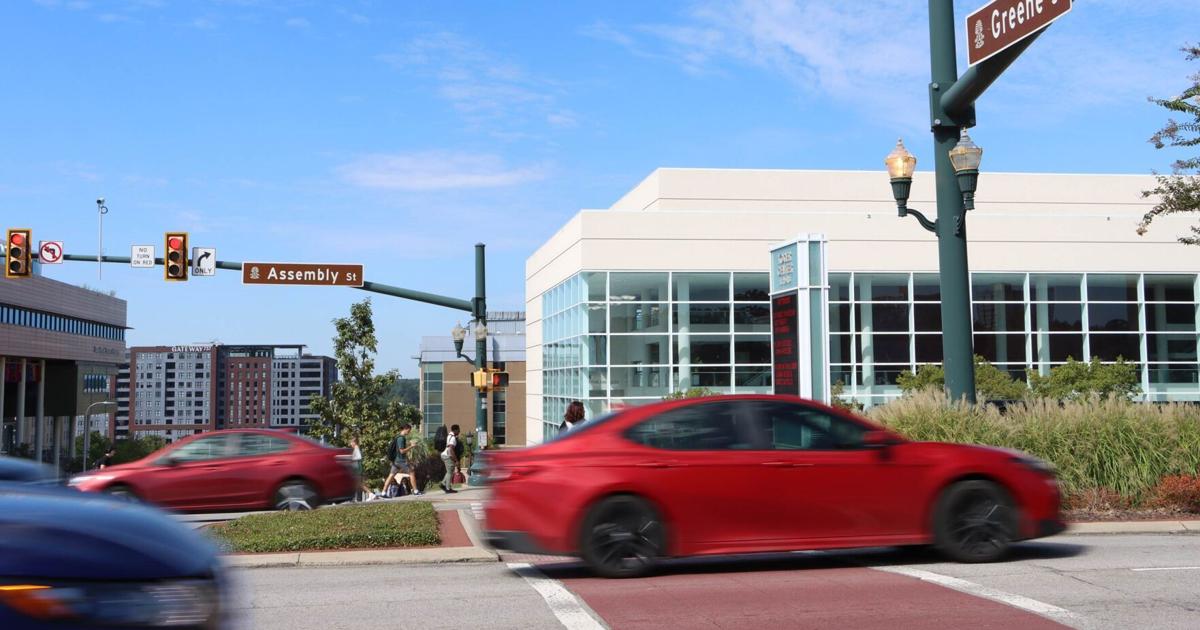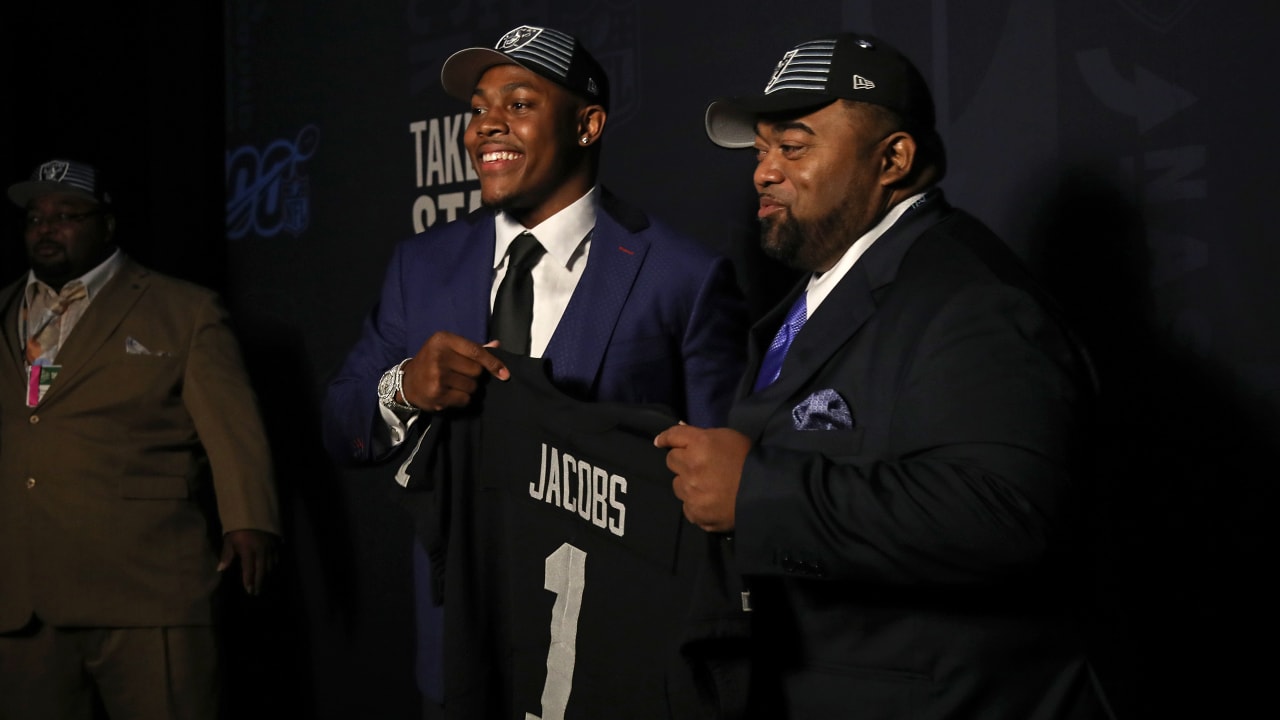
COLUMBIA — More of the city’s historic Black neighborhoods will be included in a local nonprofit’s public art project aimed at preserving the history of the residents who lived there, a history at risk of being forgotten.
One of Columbia’s plans for murals, photos and videos about the past originally were focused on the Ward One neighborhood, which once was located to the west of the University of South Carolina campus before the school’s expansion replaced homes and businesses with student housing, a basketball arena and a business school.
Ward One was not the only area of town that was home to many Black residents — nor the only one from which many were displaced as the city developed — so the arts and culture nonprofit is expanding its scope of inquiry to include neighborhoods such as Wheeler Hill, Booker Washington Heights, Waverly, Greenview and Barhamville–Kendalltown, its leaders say.
That work, expected to culminate in the creation of historical murals in different neighborhoods, comes at a crucial time for preserving parts of Columbia’s Black history as many residents near the end of their lives.
“As people get older and leave us, their stories leave, too,” Maya Smith, manager of the Cultural Layers project, said.
As muralist and Benedict College alumnus Daniel Esquivia-Zapata prepares for his work painting the final murals, other artists and staff have been working to research the neighborhoods’ history, focusing on resident experiences.
Records housed at the Richland Library have helped illuminate the past, and a photographer and videographer are shooting footage of interviews and community conversations with residents to serve both as a visual reference for Esquivia-Zapata’s painting and an oral history of the area.
The stories are so compelling that Malcolm Vanhannegeyn, the videographer, has to keep himself from getting pulled away from his work.
“You can’t help but to be intrigued and want to know more about the history,” he said.
A highlight of that history for the Cultural Layers project are the Black schools that served as cultural and social anchors for local communities, such as Booker T. Washington High School, an iconic campus for many Black Columbians that was shuttered in 1974 after desegregation.
Its auditorium, now part of USC’s campus is the only part of the building still standing. The high school once was so high-performing that it attracted White students in the few years between its integration and when it was closed by the Richland One school district. The university is set to renovate that building.
Much of the history of Ward One and other neighborhoods was unknown to the artists working on the project when they started the effort, and they want to make sure those stories — the joys and the hardships — are preserved for future generations.
For Gadsden-native Nora Williams, the photographer on the project, the work already has prompted her to ask her grandparents for their memories of Columbia, as the residents she’s working with bring their own grandchildren to interviews in order to pass on their history.
“Just to hear firsthand experience from people who lived through it, who have been through it, I don’t know. It just does something,” she said.



